
The mentioning of the name RAVANA instantly brings up an image in the mindscape of a demon, with ten heads and twenty hands, the ruler of Lanka, Abductor of Sita and the epic battle between Ravana and Lord Rama. But, many other aspects about him are lesser known - Like the fact that he is the composer of the Shiva Thandav Stotram or that he was well versed in the Vedas and the scriptures that he even wrote a book on Indian Astrology.
The author of Ramayana, Sage Valmiki, describes the appearance of Ravana in detail ( in Sundara Kandam, Chapter 49). When Hanuman gets captured in Lanka, he is tied and presented before their King - Ravana. Hanuman keenly observes Ravana, who is (described) a demon with ten heads adorned with gold ornaments inlaid with diamonds and precious gemstones. He wears fine silk and smears red sandalwood paste on his body. Hanuman is taken- aback seeing the splendour of Ravana, who was sitting on his throne, like the mighty mountain Meru amidst his counsellors. For instance, Hanuman thought Ravana had all the markings of a great king who could rule the world. He had courage, splendour, and strength, but the cruel and vicious character of Ravana made the whole world despise or scared of him.
BIRTH OF RAVANA
Ravana was born to Sage Vishrava and Daitya princess Kaikasi. Sage Vishrava is the son of Pulastya and the Grandson of Lord Brahma (Which makes Ravana the great-grandson of Lord Brahma). Sage Pulastya is one of the ten Prajapatis ( Sons of Brahma, born out of his mind).
Kaikasi is a Daitya princess ( Daitya means Asuras in Sanskrit - descending from the Kashyap and Diti lineage. Famous Daitya members include Hiranyaksha and Hiranyakashipu). Kaisaki was born to King Sumali and Ketumati. King Sumali always wanted his daughter to marry a powerful being to have a strong progeny. Kaikasi searched among the sages and chose Sage Visrava as her wedded husband. They gave birth to Dashagriva (meaning One with ten necks - The birth name of Ravana). Some say that the ten heads of Ravana denote the four Vedhas and six Sastras, while others believe that the ten faces of Ravana mean the ten emotions. Siblings of Ravana include Kumkhakarna, Vibhisana and Shurpanaka.
Sage Visrava made sure that Ravana learnt all the Vedas. Ravana mastered the Vedas and scriptures. He is considered the author of Ravana Samhita - a book on Astrology, and Arka Prakasham - A book on Siddha medicine and treatments. Ravana is also an accomplished Veena Player, and his flag has a picture of Veena on it.
Since Kaikasi (mother of Ravana) was a Daitya, Ravana was a part Brahmin and a Part Daitya. Sage Visrava taught him the Vedas and the ways of a Brahmin, while Kaikasi and King Sumali taught Ravana their way of life in secret.
KUBERA - HALF-BROTHER OF RAVANA
Kubera is the Half-brother of Ravana. He was born to Sage Vishrava and Ilavida ( Mandakini). Ilavida comes from the Yaksha lineage. Hence, Kubera imbibed all the qualities of a Yaksha. Kubera is the king of Yaksha and the treasurer of Gods. Kubera did penance and pleased Lord Brahma. He gave treasures, riches and pushpak vimana to Kubera. Brahma also gave Kubera the city of Lanka along with its golden palaces.
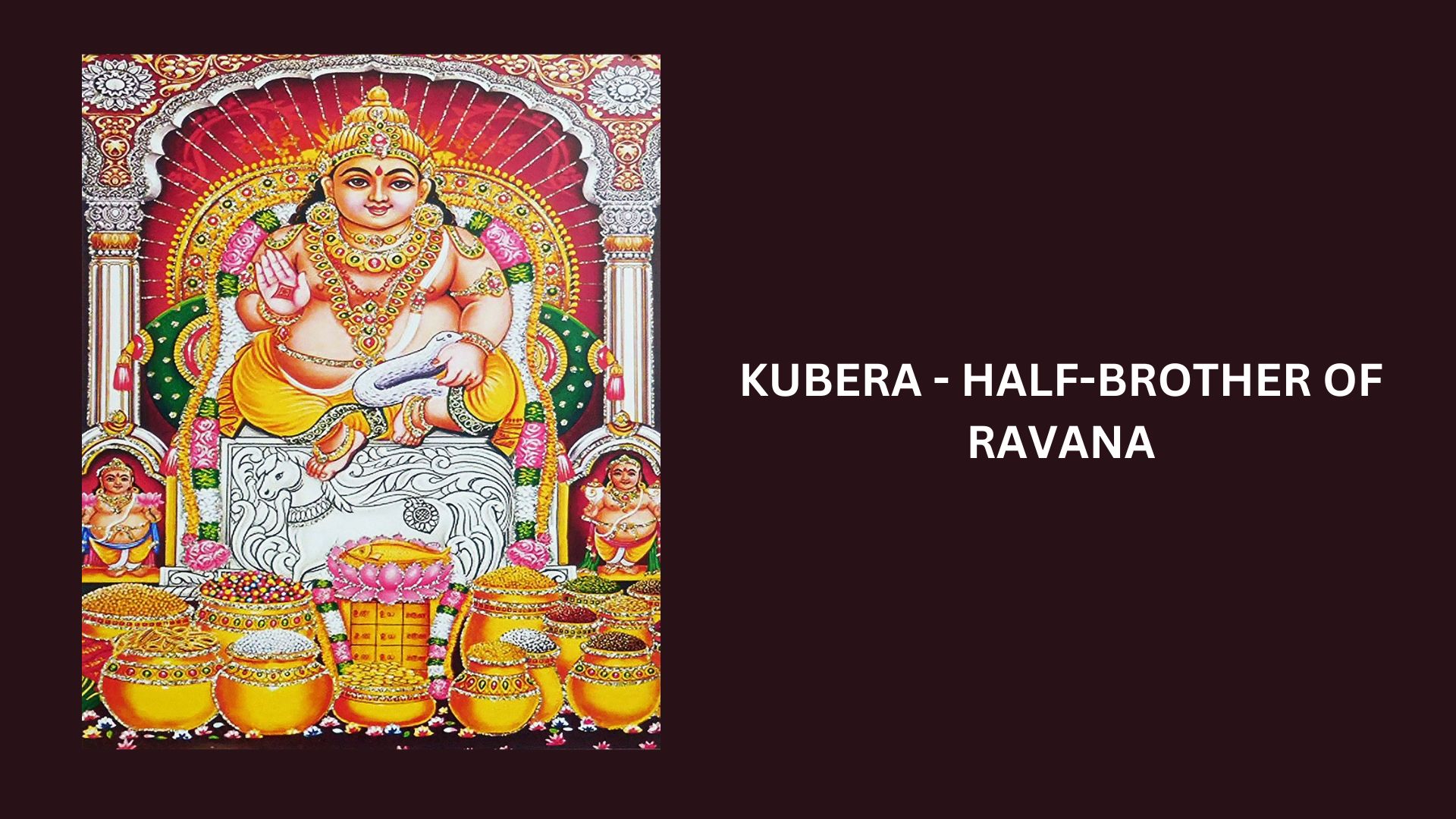
RAVANA & KUBERA
Kubera was ruling the kingdom of Lanka well. Kaikasi began to feel jealous that Ravana was under the control of Kubera. She asked Ravana to perform a penance and get boons to overrule Kubera. Ravana did penance for many years and pleased Lord Brahma. Seeing Ravana’s dedication, Lord Brahma bestowed him a boon and made him invincible against all creations ( except Humans - whom Ravana thought inferior). After the boon, Ravana captured Lanka and drove Kubera out.
RAVANA AND LORD SHIVA

There are a couple of versions of the story about Lord Shiva and Ravana, but it all leads to Mount Kailash - the Abode of Lord Shiva.
There is a version that says Ravana was a fierce devotee of Lord Shiva. One day, Ravana began to climb Mount Kailash while composing the Shiva Thandav Stotram. He was playing a Drum while chanting the Stotram. Lord Shiva listened to it and went into a trance. Goddess Parvathi had to shake her husband up to inform him of a demon climbing their Abode. Shiva woke up and was enraged to see Ravana reach the top. He kicked Ravana down the hill. Ravana rolled down on the south side of Mount Kailash, making a furrow on the mountain.
Another version of the story is that since Ravana was a Shiva Bhakt, he used to visit Mount Kailash for the Darshan of Lord Shiva. Since Ravana was great, and he could perform all the feats. He was egoistic and did not want to travel daily for a darshan. He decided that he would move Mount Kailash to his home - Lanka. One day, Ravana started to lift the mountain. Lord Shiva got angry and pressed his feet down, trapping Ravana under the mountain. Ravana then sang the Shiva Tandav Stotram in praise of the Lord. Lord Shiva finally forgave Ravana for his act and released him from under Mount Kailash.
Shiva Thandav Stotram is a hymn which represents the cosmic dance of Lord Shiva. This hymn sings praise of the beauty of Lord Shiva in great detail and even now is very popular among people who adore Lord Shiva. Chanting the Shiva Tandav Stotram removes negative energies and gives peace to the devotee.
Lord Shiva was also so impressed with the devotion of Ravana that he presented him with a sword - Chandrahasa. Lord Shiva also warned that it would give Ravana all the victories desired at war. But, if he performed an unjust act while using the sword, it would disappear. Ravana would no longer have it. Some legends say that Ravana used Chandrahasa in many wars. Ravana used Chandrahasa on Jatayu ( which is an unjust act), after which point it disappeared from Ravana.
DUSSERA OR VIJAYADASHAMI

Vijayadashami, or Dussera, is a major Festival celebrated by the followers of Sanathana Dharma. This festival acknowledges the triumph of Good over Evil. Dussehra celebrates the victory of Lord Rama over the evil demon Ravana. Sometimes, actors enact parts from the epic Ramayana in the evening before the festival in some places. Finally, on the day of Dussehra, the effigies of Ravana are set on fire. In some parts of India, people believe Vijayadashami is the end of the Durga Puja. It reminds the people of the victory of Goddess Durga over the evil demon Mahishasura.
SHIVA TEMPLE MISTAKENLY BUILT BY RAVANA
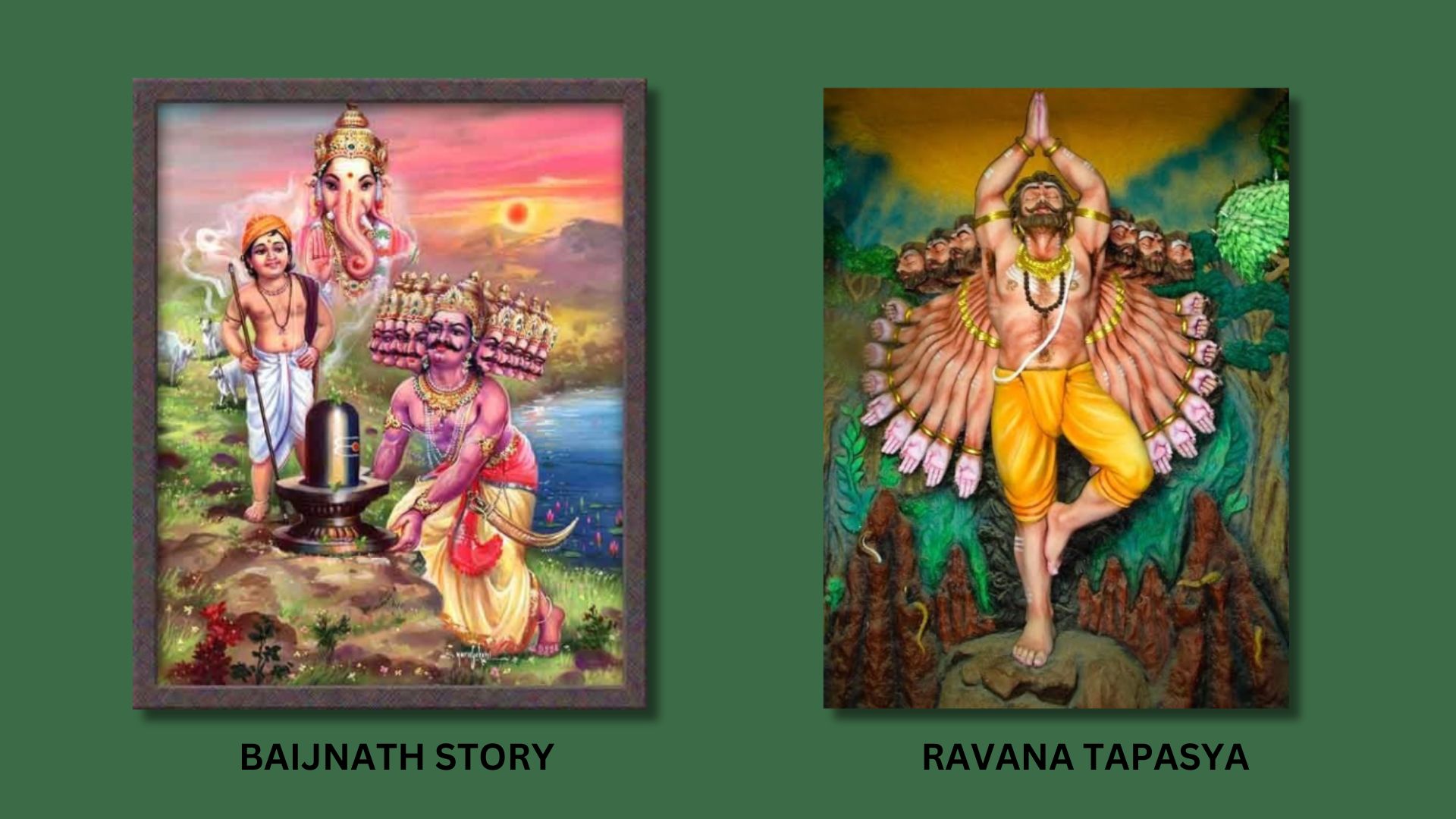 Baijnath Temple, located in Himachal Pradesh, is one of the most famous Shiva temples that Ravana built by mistake. The Sthala Purana says Ravana was a great devotee of Shiva and did Tapasya. He chopped his head off as a part of prayer. Lord Shiva was pleased and gave him back the ten heads and granted him the power to rule the land of Lanka. Ravana requested Shiva to accompany him to Lanka. Lord Shiva politely refused and said he would give a Shivaling instead to carry back to his kingdom. There was one condition that Lord Shiva had laid. The Shivaling should not be kept down anywhere en route to Lanka. Ravana was happy and started for his home. En route, Ravana was thirsty and stopped at Baijnath for a drink. He met a poor boy ( Ganesha dressed up like a Poor farm boy) and requested to hold the Shivaling for some time since he had to attend to nature’s call. After Ravana was gone, Ganesha put the idol down, and the Shivaling got established here as Lord Baijnath. As a result, Ravana is respected greatly and worshipped here. They do celebrate Dussera but refrain from burning effigies of Ravana. Here, Lord Shiva is the God of healing, known as Vaidyanath.
Baijnath Temple, located in Himachal Pradesh, is one of the most famous Shiva temples that Ravana built by mistake. The Sthala Purana says Ravana was a great devotee of Shiva and did Tapasya. He chopped his head off as a part of prayer. Lord Shiva was pleased and gave him back the ten heads and granted him the power to rule the land of Lanka. Ravana requested Shiva to accompany him to Lanka. Lord Shiva politely refused and said he would give a Shivaling instead to carry back to his kingdom. There was one condition that Lord Shiva had laid. The Shivaling should not be kept down anywhere en route to Lanka. Ravana was happy and started for his home. En route, Ravana was thirsty and stopped at Baijnath for a drink. He met a poor boy ( Ganesha dressed up like a Poor farm boy) and requested to hold the Shivaling for some time since he had to attend to nature’s call. After Ravana was gone, Ganesha put the idol down, and the Shivaling got established here as Lord Baijnath. As a result, Ravana is respected greatly and worshipped here. They do celebrate Dussera but refrain from burning effigies of Ravana. Here, Lord Shiva is the God of healing, known as Vaidyanath.

TEMPLES HONOURING RAVANA
People following Sanatana Dharma are tolerant, full of respect and forgiveness and even the evilest of demons are respected. They have raised temples for Ravana in many parts of India. Ravana was proficient in the Vedas and scriptures. He also had great powers to control the planetary positions in the sky. The people respect these aspects of Ravana and offer prayers at temples even today. During Dusshera, the whole country celebrates the triumph of good over evil by burning effigies of Ravana. But, there are also a few places across India where Dusshera is not a festival.
Dashanan Temple at Kanpur ( Uttar Pradesh) is one temple where people throng on the day of Dusshera. Here, Ravana is un-locked for just a day, and people pay respects before locking him up for the whole year (until the next Dussera). This temple is in the Kailash temple complex, and people believe he is the guard for this Shiva temple. Ravana had mastery over the Vedas and was a brave warrior, and people bow down to these qualities here.
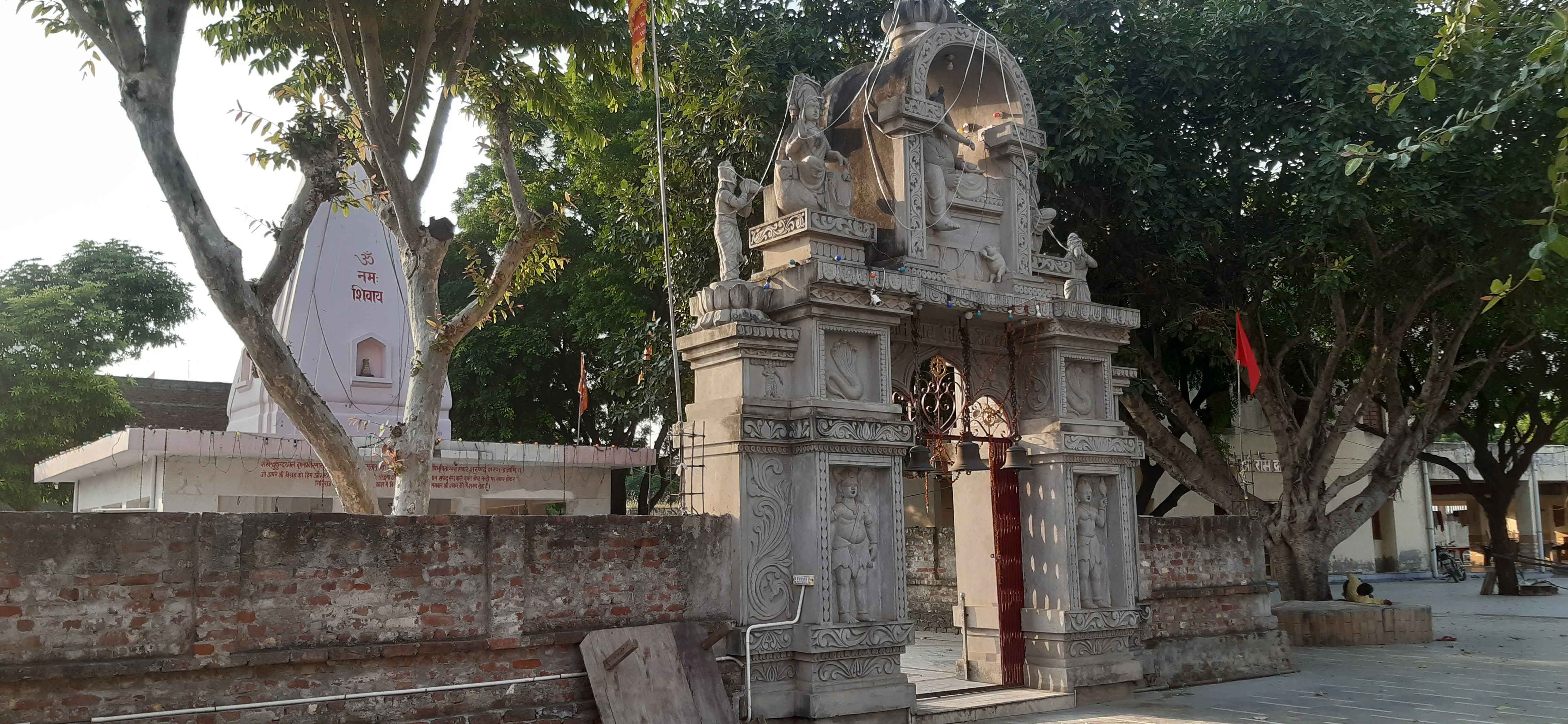
People believe that Ravana Mandir in Bisrakh, UP, is the birthplace of Ravana and is dedicated to the Lankan King. Ravana is considered a God, and the people of this region do not celebrate Dussera or burn effigies.
Kakinada Ravana temple in Andra Pradesh is another place where Ravana is respected. People believe Ravana chose this site to build a Shiva Temple.
Ravangram at Vidhisha, Madhya Pradesh, is another temple where people worship Ravana. People believe that Mandodari (Wife of Ravana) was born in Vidhisha, and the people of this region offer prayers to a ten-foot-long Ravana Statue.
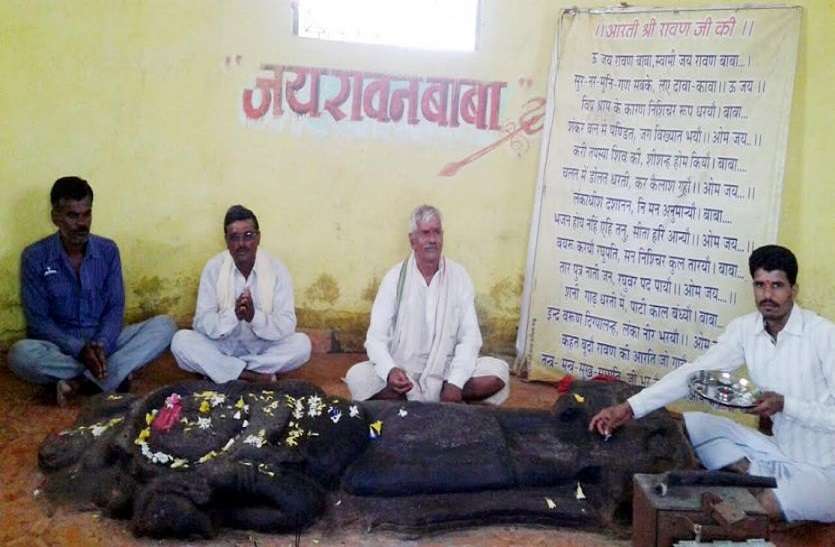
Mandsaur in Madhya Pradesh also houses a temple for Ravana. People believe that Madodari and Ravana got married here. This temple has statues of other Gods and Goddesses as well.
Ravana was a great scholar, a pious demon and king who dominated the Human and the Divine. He was so powerful that he could command all the planets to align in certain positions. The story of Ravana teaches us, however powerful one may be, to always stick to the path of righteousness and Dharma. One may be a great Bhakt and an ardent devotee, but if the emotions are not under control, it will lead to one's downfall.
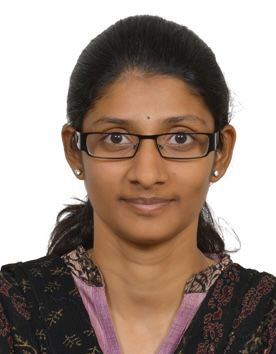 I am Vaishnavi Gurusankar, a passionate educator, a wife and a mother. I have over a decade of experience as an educator and have been closely working with teachers and children of all ages. I am also an active parenting blogger and founder of Magical Unicorn, an exclusive parenting blog founded on Indian ethos, values and stories at its core.
I am Vaishnavi Gurusankar, a passionate educator, a wife and a mother. I have over a decade of experience as an educator and have been closely working with teachers and children of all ages. I am also an active parenting blogger and founder of Magical Unicorn, an exclusive parenting blog founded on Indian ethos, values and stories at its core.
NEXT ARTICLE
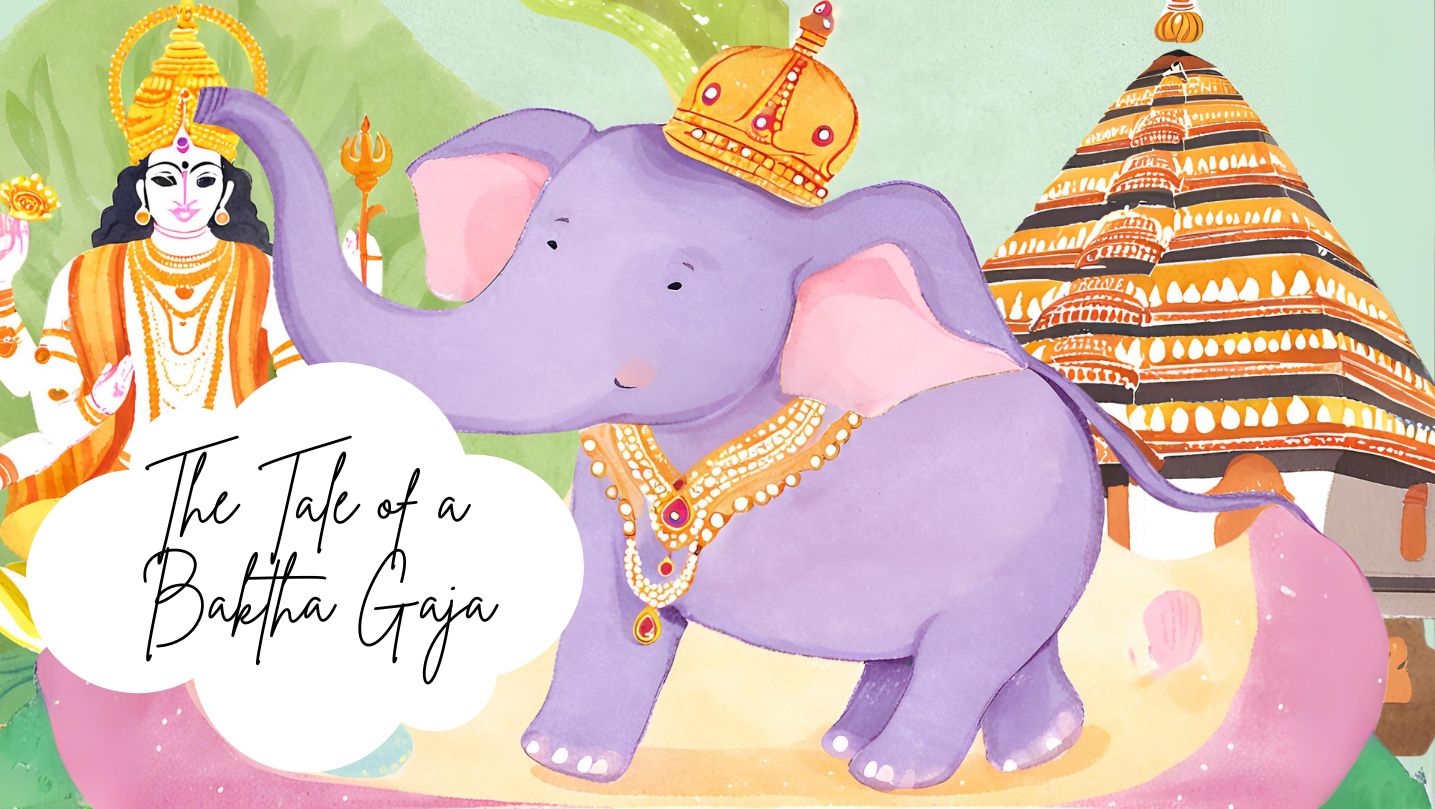
In the lush, green heart of Kerala lived an elephant who became a living legend - a tale of an elephant turned into a bakth. His name was Keshavan, bu...
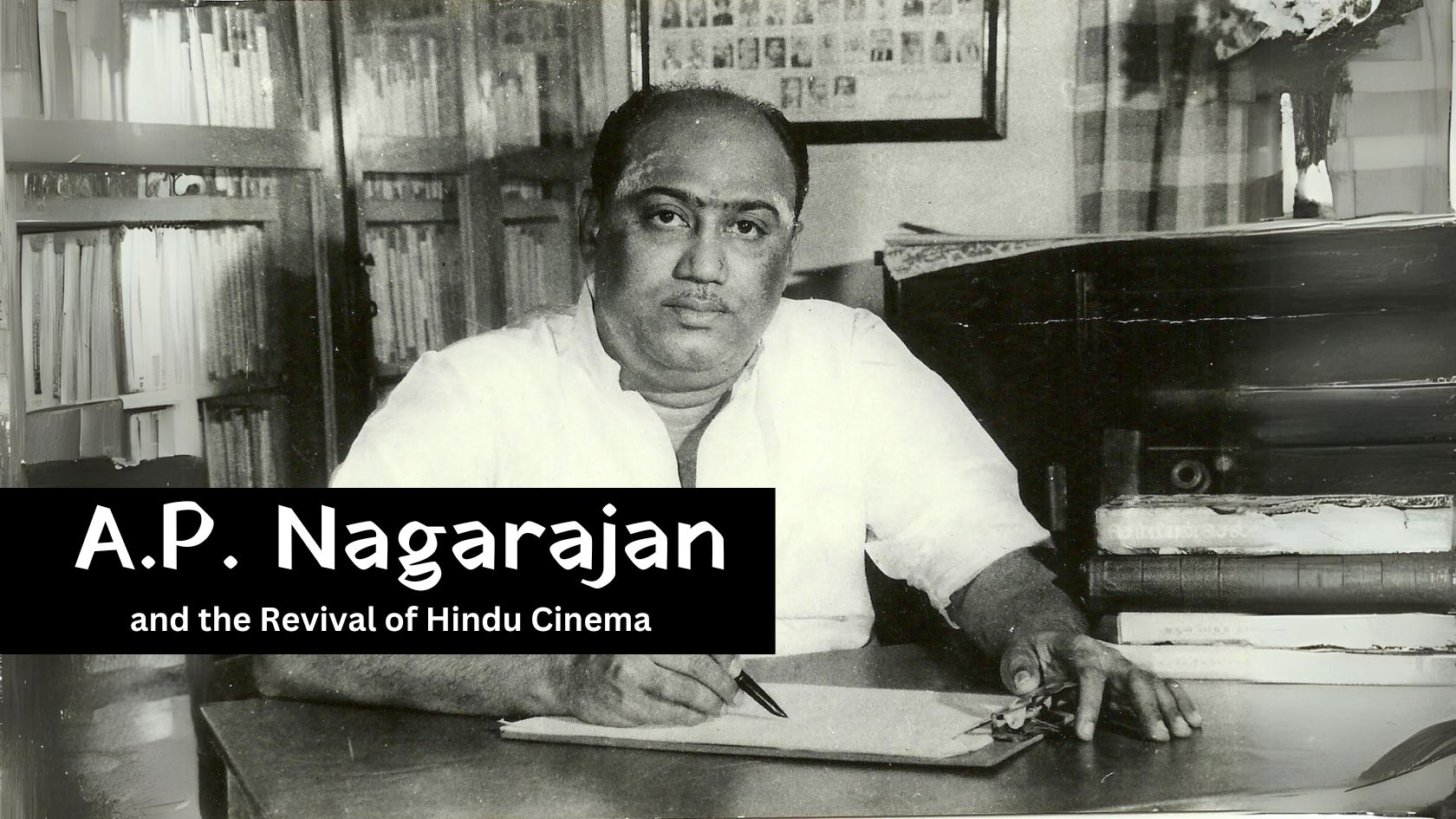
In the early days of cinema, both silent and talkie films thrived on puranas and ithihasas. However, as the years passed, especially by the late 1950s...

Life often presents us with choices that test our resolve, faith, and priorities. Attending the Prana Pratishtha of the Ram Lalla in Ayodhya had alway...